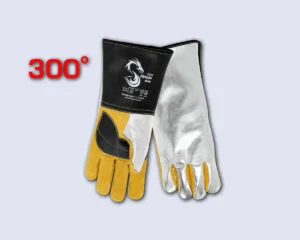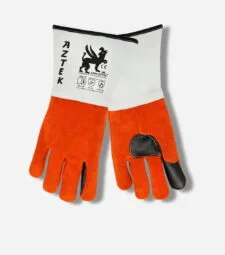Nano Teknoloji
Nano Teknolojik Teknik Kumaşlar ile 500° de çalışabilen Kaynak Koruma Ürünleri Ürettik. Her Zaman Dünyadan Bir Adım öndeyiz.

VİSTERYA
Visterya Deri Kaynak Eldiveni , Kaynakçı Elbisesi, Kaynak Önlüğü, Kaynak Başlığı, Kaynak ceketi, Kaynakçı Eldiveni, Veteriner Kedi Köpek Tutma Eldiveni, Kaynak Kolluğu, Kaynak Başlığı gibi iş güvenliği ekipmanları üreten yerli bir firmayız.
En son ürünlerimiz
Neden Visterya ?
Kaynak Eldiveni ve Kaynak Elbisesi gibi İş Güvenliği ürünleri üreten Visterya firmamızın vizyonuna göre. Zihnimize, bedenimize ve ruhumuza iyi gelen şeylere kolay erişimin olması gerektiğine inanıyoruz. Akıllı bir teklif, üstün destek ve güvenli ödeme ile emin ellerdesiniz.

Akıllı İndirimler
Yönetimini yapay zekanın yaptığı sitemizde indirimleri müşterilerin tercihlerine ve beklentilerine göre yapıyor.

Üstün Destek
Müşteri desteğimiz rakipsizdir. kullanıcılar, her sorun onları tatmin edecek şekilde çözülene kadar nasıl dinlenmediğimizi överler..

Düvenli Ödeme
Gelişmiş şifrelemeye sahip 256 bit SSL güvenliği ile satın alımlarınızın güvende olduğu garanti edilir.
Gerçek müşterilerimizin gerçek düşünceleri
Sadık müşteriler, öylece geri gelmezler, sadece sizi tavsiye etmezler, arkadaşlarının sizinle iş yapması konusunda ısrar ederler.


Bir kaynakçı olarak ufak işlerde nitril eldiven kullansam da; kaynak uzun sürecekse kesinlikle deri kaynak eldiveni kullanırım. Geç tanıştığım Aztek Ağır Kaynak Eldiveni gerçekten işin hakkını veriyor. Fiyat performans ürünü tabiri vardır ya fiyatının karşılığını kat kat veriyor. Üzerinde Türk Malı yazmasa Alman yada Amerikan malı sanırdım.
Haftanın teklifi!
Nano Teknolojik Aluminize Kaynak Elbiselerinde % 20 indirim Bu fırsatı kaçırmayın.













